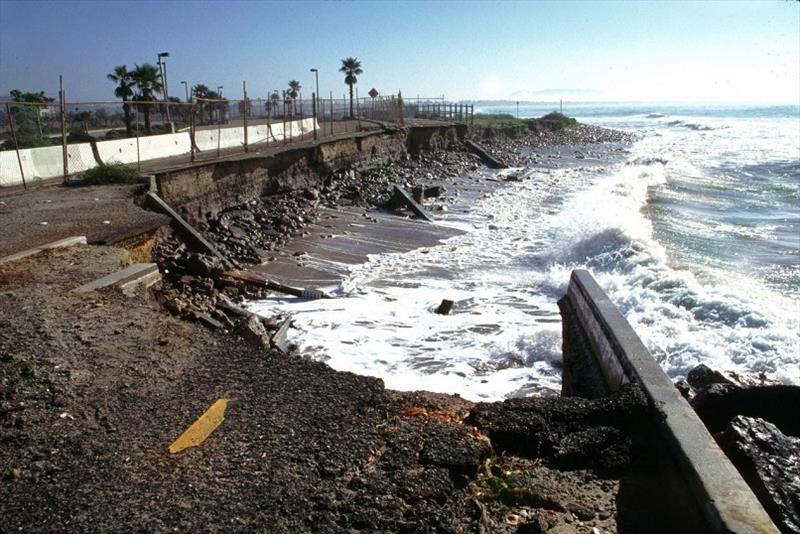
Natural infrastructure projects improve coastal resilience
by NOAA Fisheries 29 Jan 2018 13:51 UTC

Natural infrastructure projects improve coastal resilience © NOAA Fisheries
Using natural features to help manage nature isn't new, but it's taking on new significance for coastal communities facing the impact of coastal flooding and rising seas.
Natural infrastructure - such as tidal marshes, reefs and seagrass - protect coastal communities from storms while providing habitat for commercially-important fish species. They are useful for controlling shoreline erosion and flooding when you have habitat conservation goals to meet as well. That's why NOAA and partners published a collection of nature-based case studies in Coastal California to showcase natural infrastructure shoreline projects designed for coastal challenges.
The report, Case Studies of Natural Shoreline Infrastructure in Coastal California (PDF, 41pp) provides a range of examples for the varied geography of California's coast. A detailed overview of each project is included that examines the planning, permitting, implementing, and monitoring involved. Each example also distills 'Key Lessons for Success' including benefits, strategies, timelines and costs.
These case studies were designed to be useful to coastal planners, local governments, and others who are charged with protecting our coastal communities. This fills a gap in that professionals who work in this arena may not be aware of -- emerging nature-based techniques.
"There is a knowledge gap" says Jenna Judge, Coordinator of the San Francisco Sentinel Site Cooperative. "The go-to approach tends to be hardening the shoreline with rip-rap or seawalls, but these structures can often make the situation worse."
The Five Projects:
Seal Beach - Orange County,
Surfers Point - Ventura beach and dunes,
San Francisco Bay - Marin County wetlands and nearshore habitat,
Hamilton Wetland Restoration Project, and
Humboldt Bay/Eel River mouths - coastal dunes.